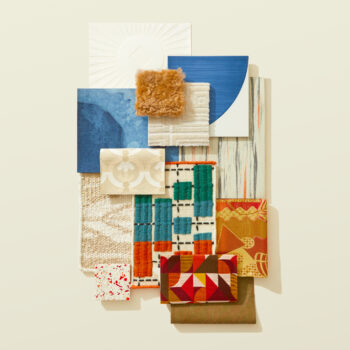
Walt Disney’s vision transformed entertainment and design, capturing a nostalgic spirit from the turn of the century that still influences us today. Disney’s creations revived an era marked by optimism, craftsmanship, and innovation. With a deep fascination for early 20th-century America, Disney-inspired spaces like Main Street, U.S.A., blending architectural elegance with the cultural motifs of Ragtime. These designs not only evoke a bygone era but also serve as timeless examples of how architecture can weave a story and enhance the immersive experience.
Disney’s approach embraced natural materials, intricate details, and a warm, inviting color palette. Main Street, U.S.A., for example, where small-town America comes to life through handcrafted architecture. The brick facades, ornate woodwork, wrought iron, and gas lantern-style lighting all speak to a period of craftsmanship that makes visitors feel like they’ve stepped into a story. The authentic materials used in these spaces ground them in history, offering a nostalgic and immersive escape.
The influence of Ragtime, both as a musical genre and cultural motif, adds rhythm and energy to these spaces. The design elements of the era—carved wooden furniture, patterned wallpapers, tin ceilings, and bold color contrasts—create a playful yet grounded atmosphere. The combination of these details reflects Disney’s commitment to creating environments that are captivating, yet firmly rooted in early American design traditions.
Walt Disney’s dedication to turn-of-the-century aesthetics and materials has shaped how we approach design in entertainment and beyond. By weaving history into these spaces, Disney’s legacy showcases the power of design to tell stories that transport people to a distinct time and place.
Explore other 20th-century trends that have gained popularity in the modern day with our article on Reimagining Breeze Blocks in Architecture.







